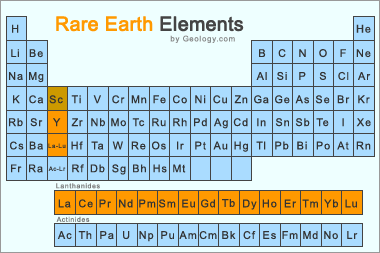Exploring Microbial Mining: A Path to Space Resources
Written on
Chapter 1: The Quest for Space Resources
As we gaze into the cosmos, many ponder the existence of distant worlds ripe for exploration. Are there alien planets or moons that might support human life? With advancements in telescopes and satellite technology, we are uncovering a growing number of exoplanets. Some of these intriguing worlds appear to exist within the "Goldilocks zone," where conditions could potentially allow for human habitation. Notably, some may even be classified as ‘superhabitable.’
However, significant challenges loom. These celestial bodies are incredibly far away, making human travel a daunting task that could involve multi-generational spacecraft or groundbreaking changes to our understanding of physics. Moreover, our human physiology is not naturally equipped for the harshness of space travel. Previous discussions highlighted the possibilities of using CRISPR technology to enhance human bodies to better endure the rigors of space, such as reducing osteoporosis and fostering muscle growth in lower gravity environments.
Another pressing issue is resource availability. Unless we discover a planet or moon abundant in the materials necessary for establishing a successful colony, we will need to transport significant supplies. Currently, weight constraints impose limitations on space missions, and even if we identify a promising planet, reaching it is not imminent.
To create a sustainable off-world community, we must harness technology. Much of our existing technology relies on rare earth elements (REEs), which possess essential properties like ferromagnetism and luminescence, making them invaluable in electronics, catalysis, and the production of alloys and magnets. Fortunately, certain asteroids are rich in these crucial elements, sparking interest in asteroid mining. Yet, the challenge remains: how can we extract these elements without the expense of heavy mining equipment?

Chapter 2: Microbial Miners
Instead of bulky machinery, we might rely on microscopic miners. Some microbes excel at leaching specific elements from rock formations. These tiny organisms produce a unique blend of chemicals that facilitate the extraction process. Recent research explores the feasibility of using microbes for mining in low-gravity environments.
In a groundbreaking study, experiments were conducted aboard the International Space Station (ISS) as part of the European Space Agency's BioRock initiative. Researchers tested three microbial candidates: Sphingomonas desiccabilis, Bacillus subtilis, and Cupriavidus metallidurans. Notably, Sphingomonas is recognized for its ability to leach rare earth elements.
The microbes were given a nutrient medium and exposed to basalt rock under three different gravity conditions: microgravity, Mars-equivalent gravity, and Earth-equivalent gravity. After three weeks of interaction with the rock, researchers analyzed the concentration of leached rare earth elements. The findings revealed that Sphingomonas effectively leached the elements across all gravity conditions, demonstrating significant enhancements in simulated Mars and Earth gravity when compared to non-biological controls.
Surprisingly, despite the known impacts of microgravity on microbial activities, Sphingomonas maintained its leaching efficacy. The results affirm the potential for biological mining of economically significant elements in space, specifically rare earth elements, across various extraterrestrial gravity scenarios. This experiment illustrates the promising role of microbe-mineral interactions in establishing a self-sustaining human presence beyond Earth.
The first video, "NASA Is Looking Into Using Bacteria to Mine Asteroids!" discusses how NASA is exploring the use of bacteria in asteroid mining. This innovative approach could revolutionize the way we extract resources in space.
The second video, "Using Microbes to Mine Mars: The Future of Biomining," delves into the potential of using microbes for mining on Mars, highlighting future possibilities for resource extraction on other planets.
In conclusion, the innovative use of microbes like Sphingomonas could pave the way for efficient resource extraction in space, enhancing our ability to establish human habitats beyond Earth. With these microbial miners, we might just have a viable solution for the challenges of off-world colonization.